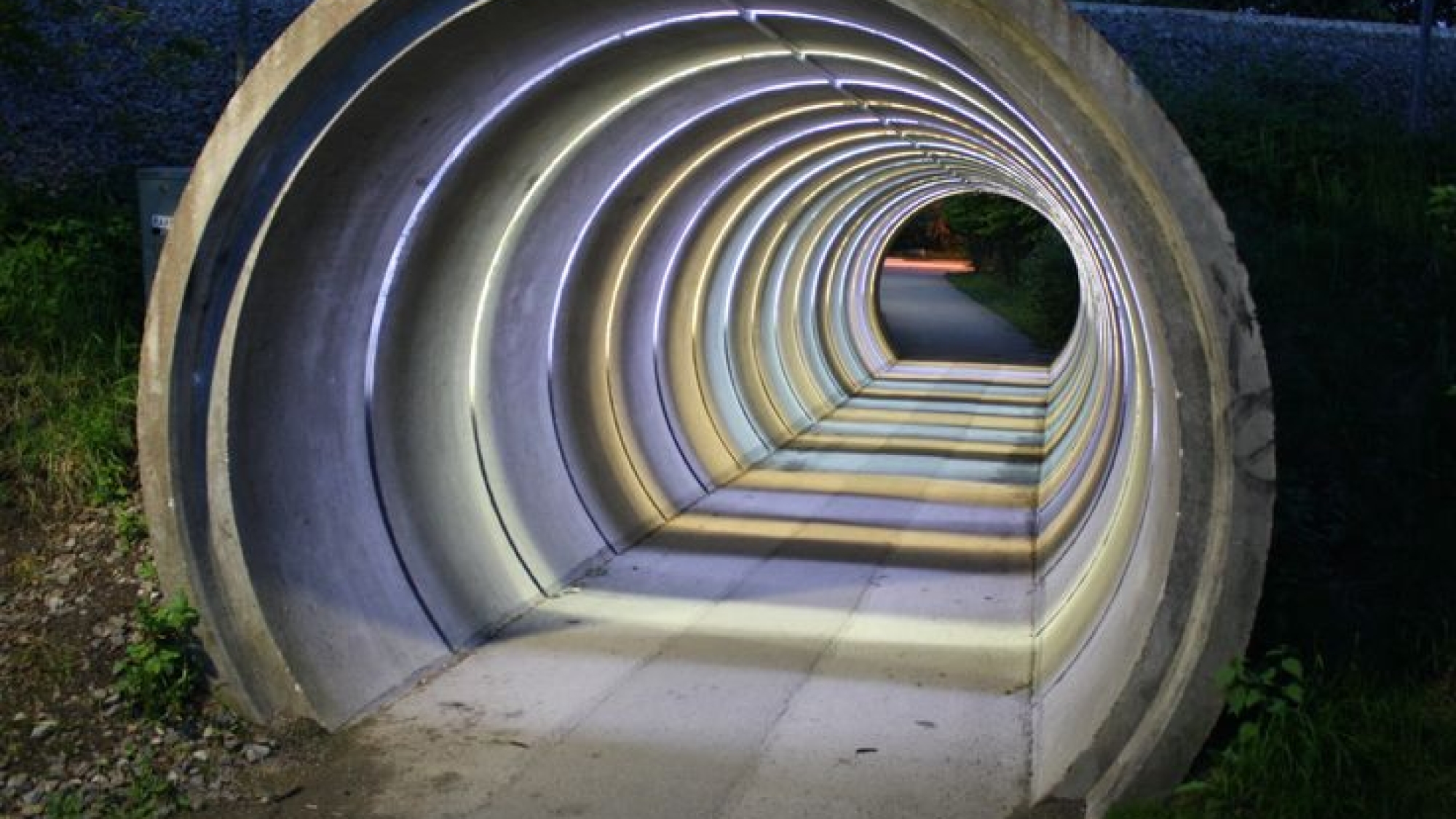Urban shield tunneling near critical risk sources demands innovative solutions to ensure safety and efficiency. The construction of subway tunnels in crowded cities like Beijing presents challenges such as soil deformation, ground subsidence, and potential damage to adjacent structures. Traditional monitoring methods are often inadequate for addressing the complex risks involved. To bridge this gap, researchers have developed a comprehensive risk control platform combining advanced analytics and cutting-edge technologies.
This platform integrates Building Information Modeling (BIM), Geographic Information Systems (GIS), IoT, and geoscience modeling into a 3D digital environment. By embedding theoretical settlement models, it calculates the immediate and long-term impacts of tunneling on surrounding soil and structures. The platform also incorporates big data analysis to monitor and predict risks dynamically. Alerts are triggered when monitored data exceed safety thresholds, prompting timely interventions such as adjusting tunneling parameters or strengthening nearby foundations.
In practical applications, such as Beijing Metro Line 12’s under-crossing project, this platform has demonstrated its capability to minimize settlement and enhance structural safety. By providing real-time visualization of risk data and facilitating informed decision-making, it ensures seamless construction progress while protecting urban infrastructure. The platform represents a significant leap forward in urban construction, showcasing the potential of intelligent systems to transform tunneling projects into safer and more efficient undertakings.

